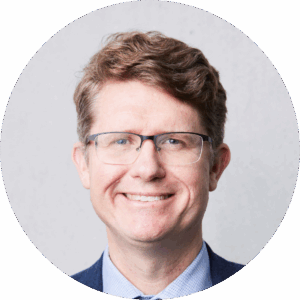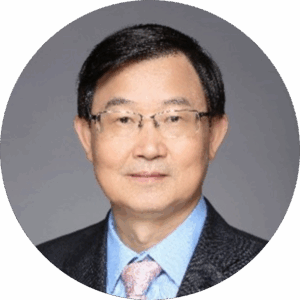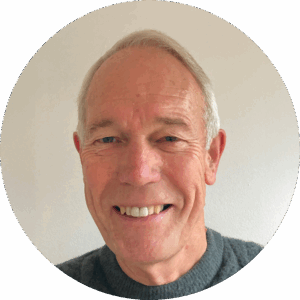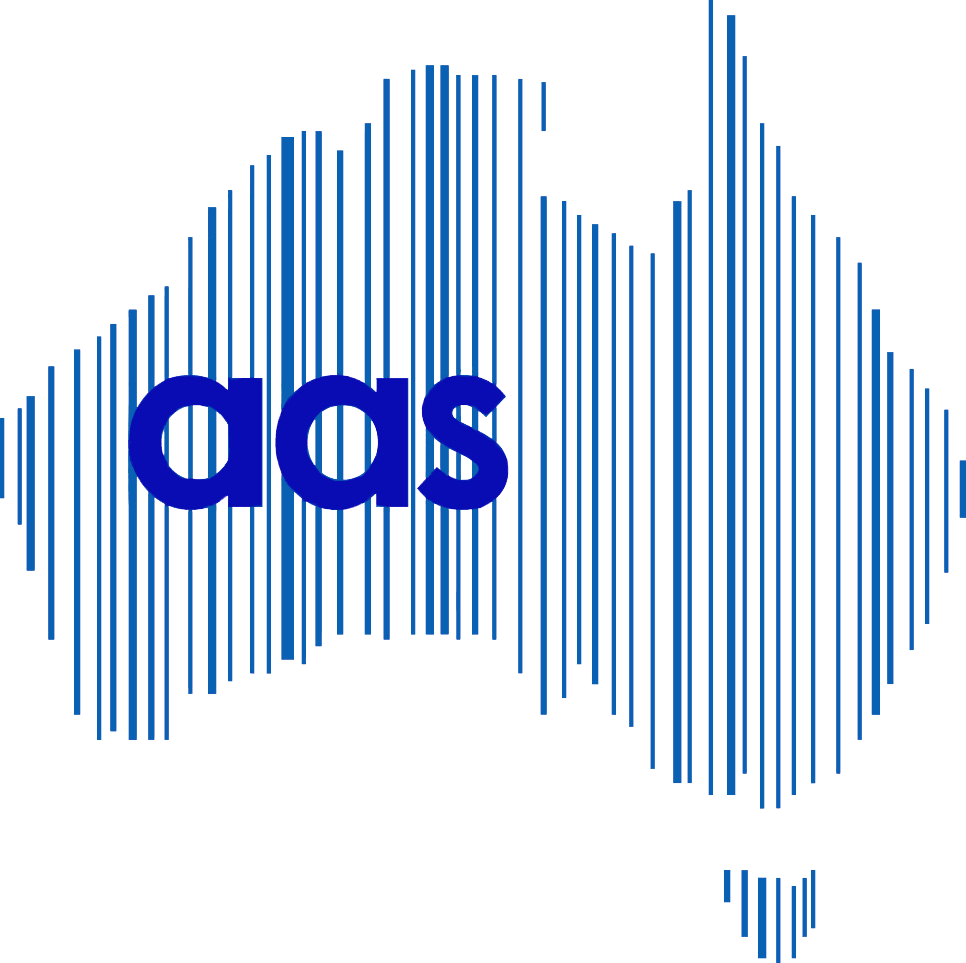PLENARY & KEYNOTE LECTURES

Prof. Con Doolan
School of Mechanical & Manufacturing Engineering, University of New South Wales, Australia
KEYNOTE LECTURE
Flow Induced Noise Challenges from the Outback to the Ocean

Prof. Xiaozhen Sheng
School of Urban Railway Transportation, Shanghai University of Engineering Science, China
KEYNOTE LECTURE
High-Speed Railway Noise: Generation, Propagation and Mitigation

Em. Prof. Stephen Elliott
Institute for Sound & Vibration Research, University of Southampton, United Kingdom
PLENARY LECTURE
Past, Present and Future of Active Control




